Madura Island, Indonesia
Around 1880
Wood, ivory, iron and metal
Total length 44 cm; Scabbard length: 44 cm
Blade length: 33 cm; Handle length: 9 cm
(accidents and restorations)
The handle, called ukiran, is made of ivory finely carved with floral and vegetal motifs and incised with a winged horse. The upper part of the scabbard, called a wrangka, is made of dark wood with a shiny patina and is finished with two large tapered side ears. The section constituting the body of the scabbard, called gandar, is made of wood with an oval section.
The double-edged blade is wavy and carved with a feline figure enhanced with gilding. A conical metal ring, called mendak, animated with a frieze of pearls, marks the junction between the ukiran and the blade.
The kris is a weapon properly masculine. Social marker and marker of wealth, it was also the object symbolically offered to a young boy who became a man.
The more the blade was worked and the more the handle made of noble materials, the higher the rank of its owner.
The ukiran, carved anthropomorphically almost systematically, is considered an allegory of its owner. Thus, the head would be the handle, the body, the blade, and the garment, the scabbard. Note that the traditional clothing of the Balinese man is the sarong- the same name given to the sheath of kriss.
The kriss, endowed with magical powers, is considered as a vector of spirituality. It is transmitted through inheritance, which allows it to increase its power.
Text and photos © FCP CORIDON





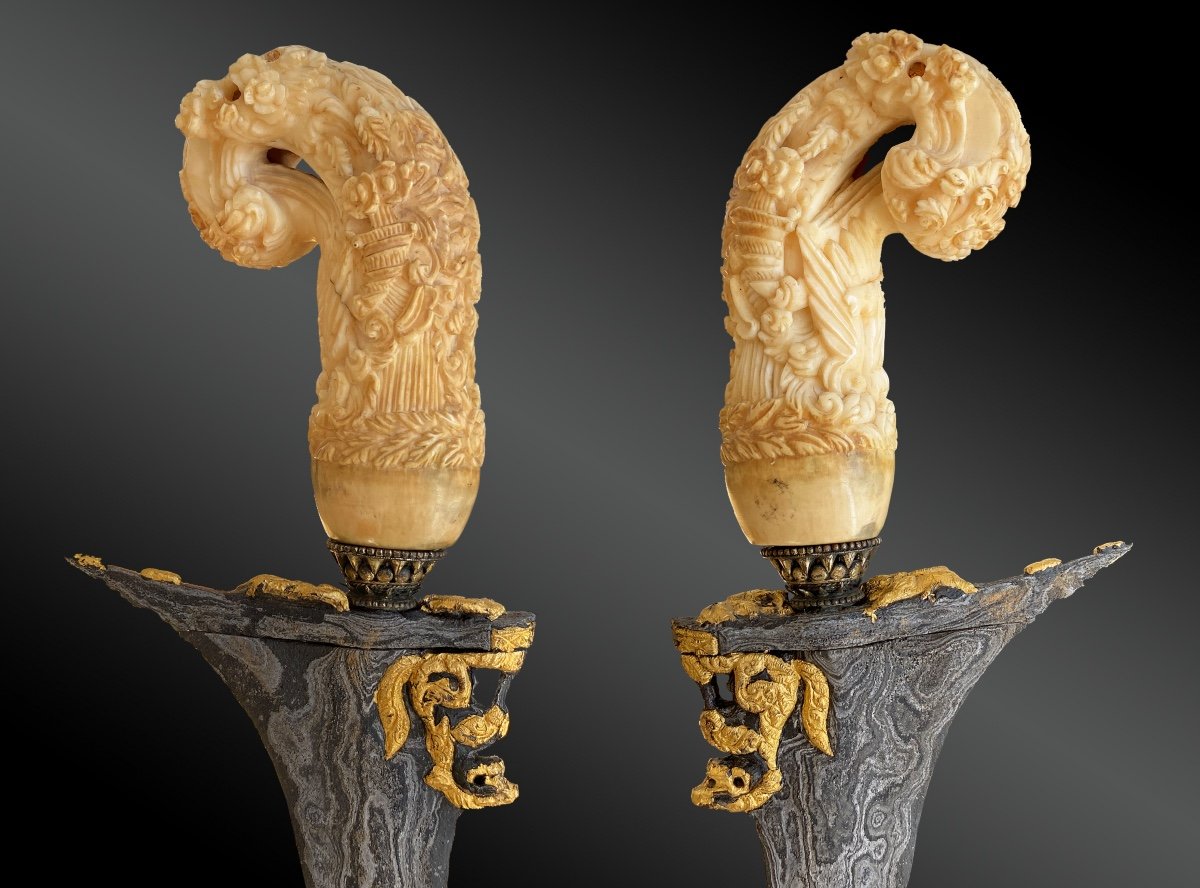
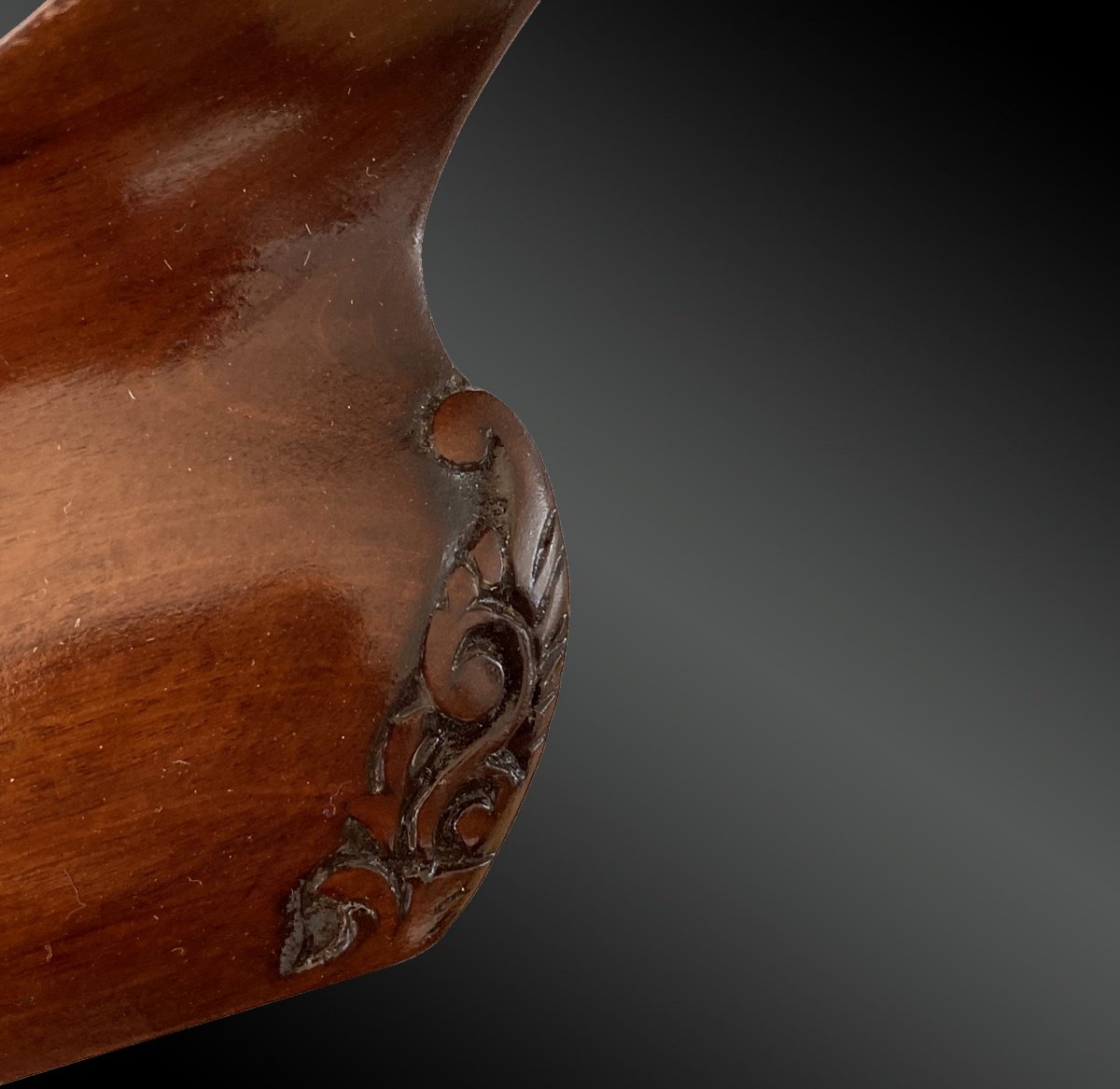
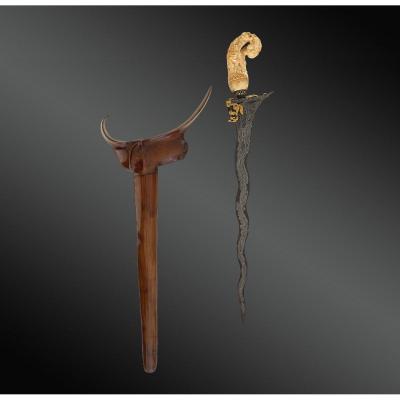

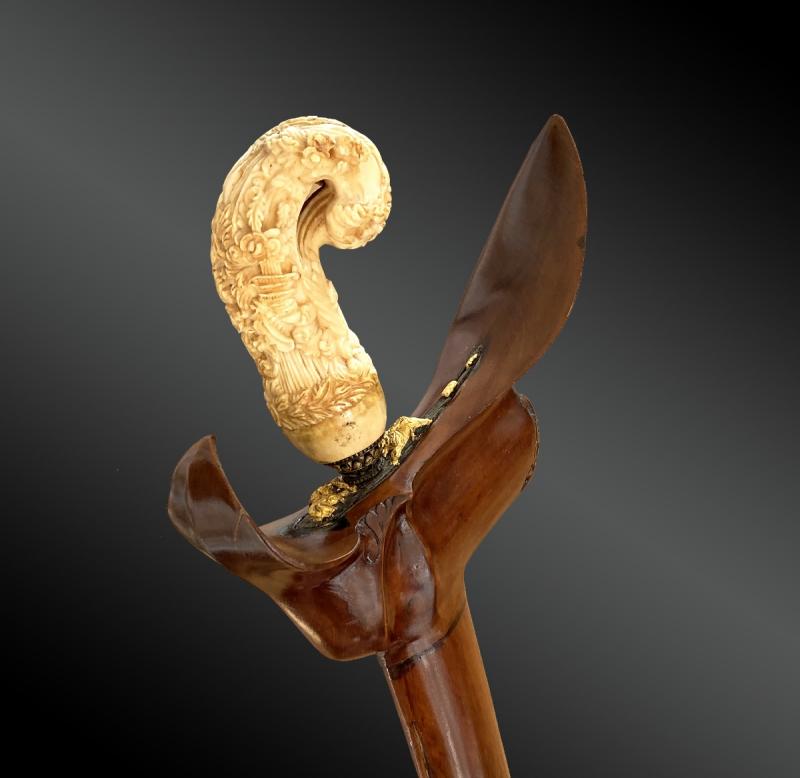




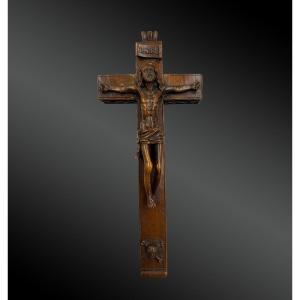

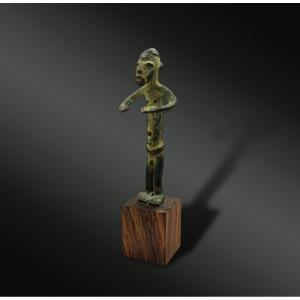
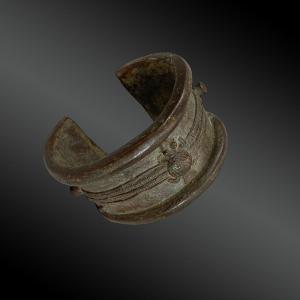

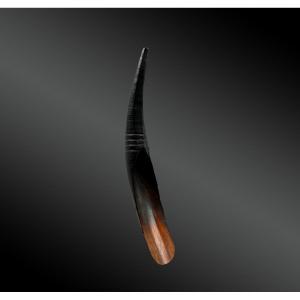

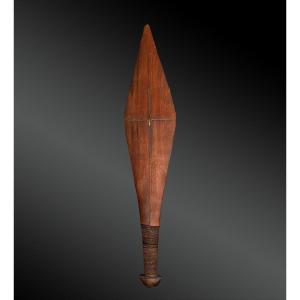
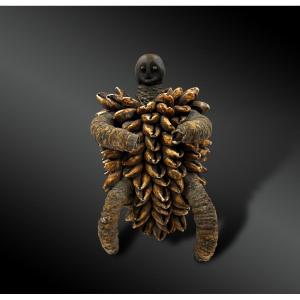
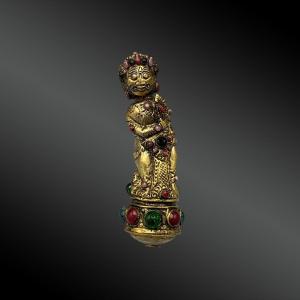
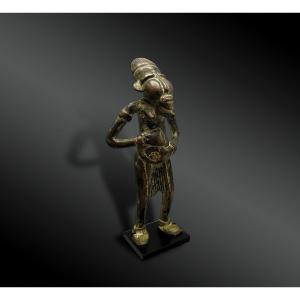

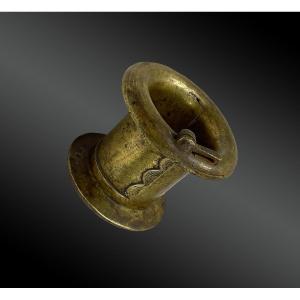

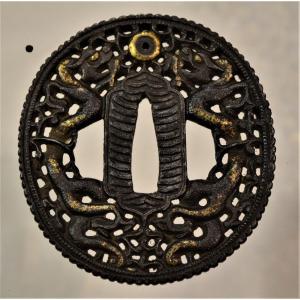
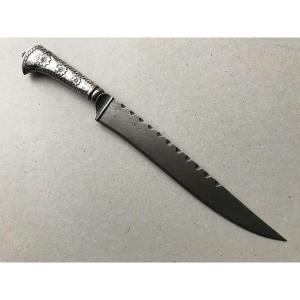
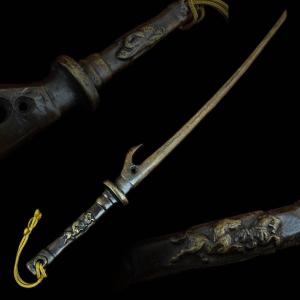

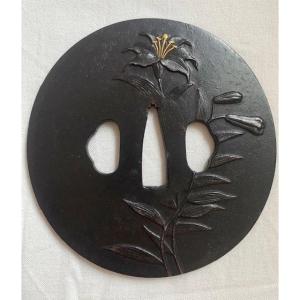



 Le Magazine de PROANTIC
Le Magazine de PROANTIC TRÉSORS Magazine
TRÉSORS Magazine Rivista Artiquariato
Rivista Artiquariato